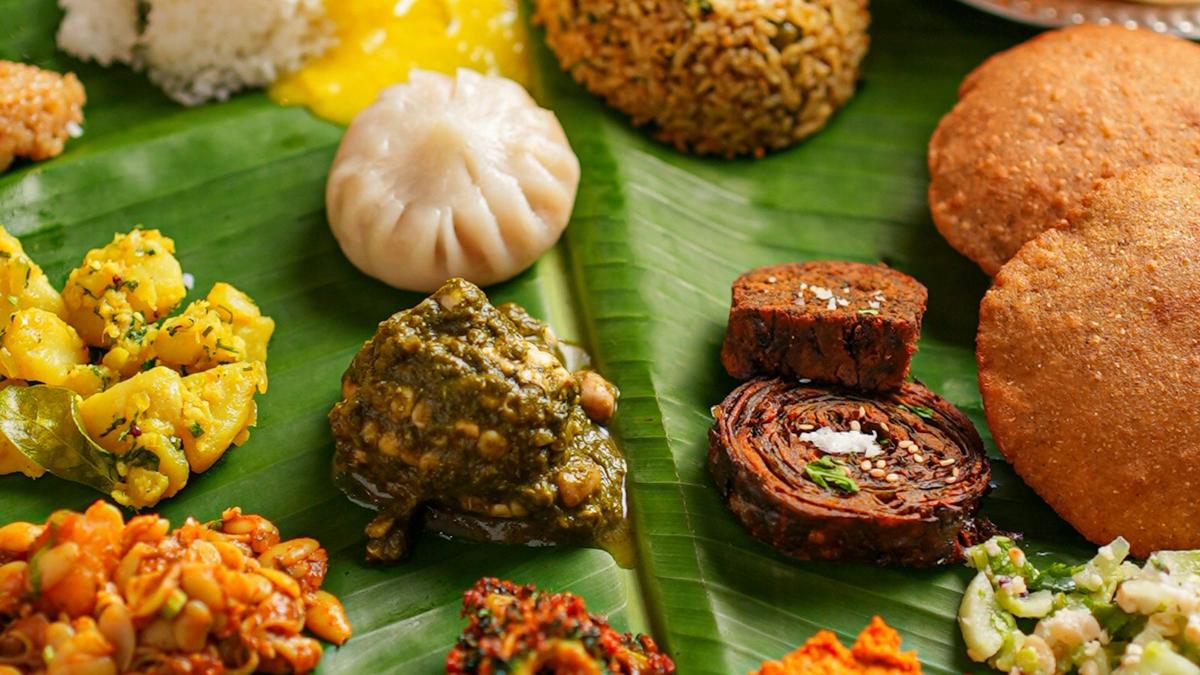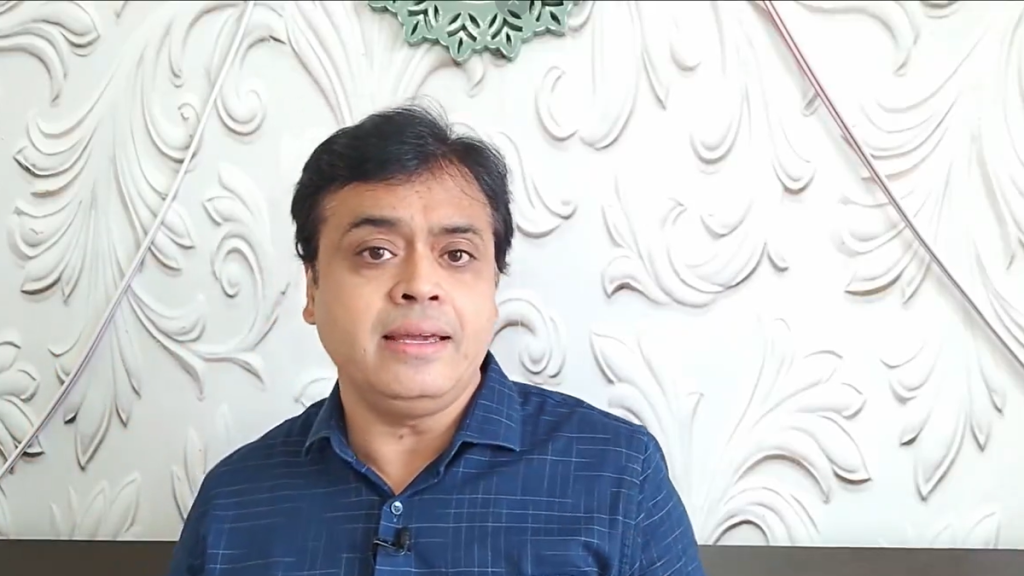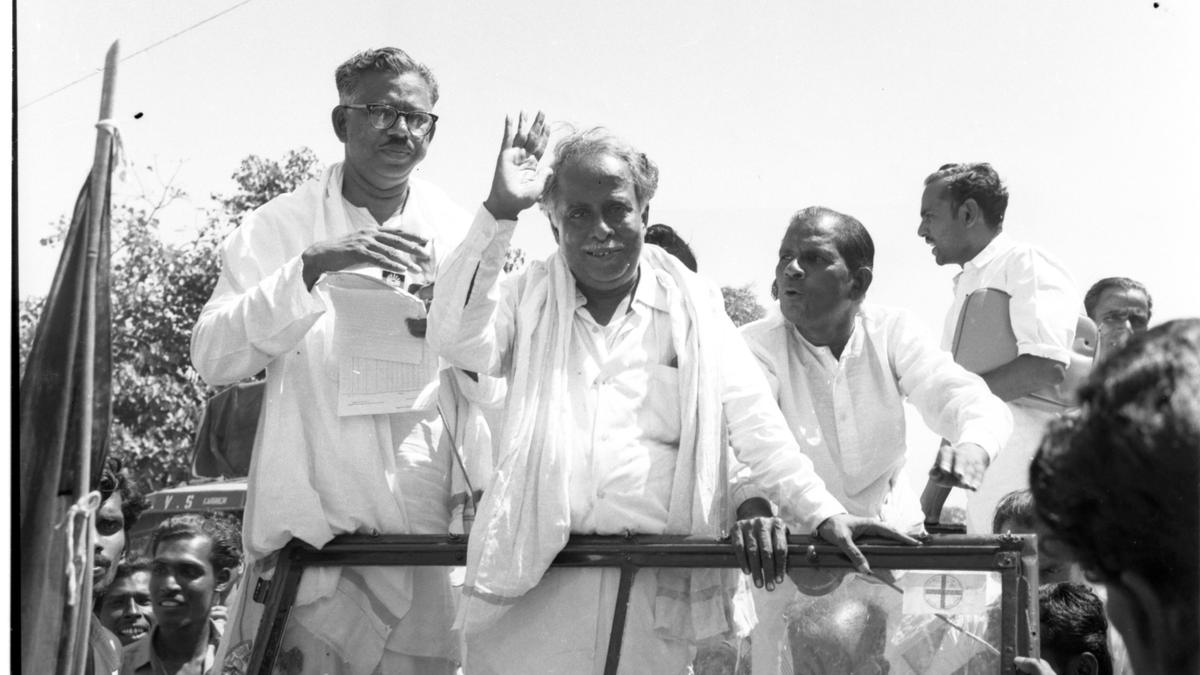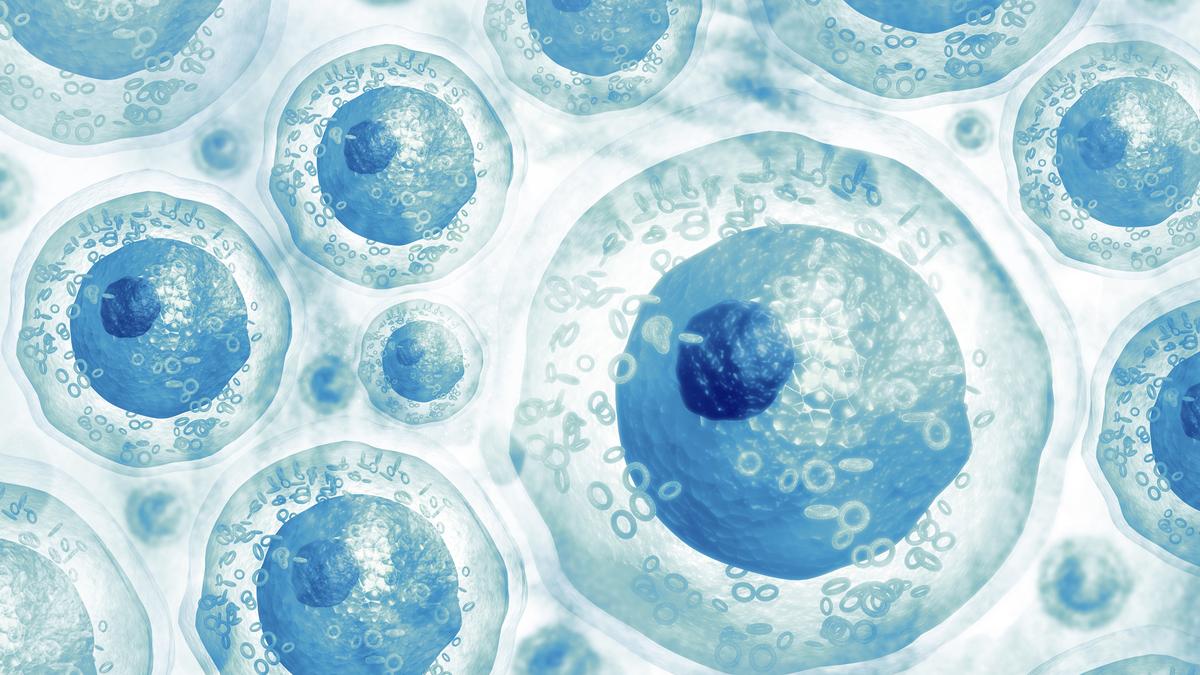Now Reading: Ganesh Chaturthi: Celebrating Maharashtra’s Traditions Beyond Modaks
-
01
Ganesh Chaturthi: Celebrating Maharashtra’s Traditions Beyond Modaks
Ganesh Chaturthi: Celebrating Maharashtra’s Traditions Beyond Modaks

Fast Summary
- Ganesh Chaturthi,a 10-day Hindu festival,focuses on welcoming Lord Ganesh through rituals,food offerings,and community celebrations.
- The festivities typically involve preparing regional delicacies like modak alongside diverse vegetarian and non-vegetarian dishes. food is integral to cultural identity and reflects Maharashtra’s culinary diversity.
- Braised by Marathi tradition, dishes including puran poli, katachi amti, and rare offerings emphasize authenticity based on geographical regions like Desh or the Konkan coast.Food writer Saee Koranne-khandekar highlights this in her book Pangat: A Feast.
- Restaurateur Mitra Walke revived conventional practices with festive Maharashtrian thalis at his Mumbai eatery Nav Chaitanya during the festival priced at ₹899 for adults and ₹399 for children under 12.
- Ritual dishes like rushi panchami chi bhaji are ceremonial meals prepared without plough-grown ingredients; symbolic of adherence to religious scriptures such as the Brahmanda Purana for fasting devotees.
- Chef keertida Phadke promotes resourcefulness via dishes like nivagrya, demonstrating creative repurposing of leftover dough after making modaks.
- Unique traditions emerge among certain communities; Pathare Prabhus offer seafood while Sawantwadi royal families prepare a vegetarian five-fold offering (panch pakwan) honoring seasonal produce grown without mechanized methods during rituals.
Indian Opinion Analysis
Ganesh Chaturthi is more than religious observance-it serves as a reflection of India’s vast cultural heritage through food traditions deeply rooted in regional identities and historical significance established by social reformers such as Lokmanya Tilak in 1893. The festival strengthens communal bonds while celebrating India’s culinary diversity-from delicacies specific to coastal regions to resourceful recipes born from necessity, like nivagrya.
Furthermore, the emphasis on lasting eating via prescribed cooking practices (e.g., avoiding plough-grown vegetables) reflects environmental mindfulness embedded within spiritual routines that balance progress with preserving ancient wisdom-a notable aspect of Indian culture advocating respect for nature.
While modern commercialization such as restaurant-led thali experiences attracts urban audiences yearning nostalgia or identity revival amidst displacement from native towns, it also concurrently safeguards traditional knowledge by reintegrating it into mainstream contexts-signaling both continuity and adaptation within India’s evolving society.Read More: Source

























